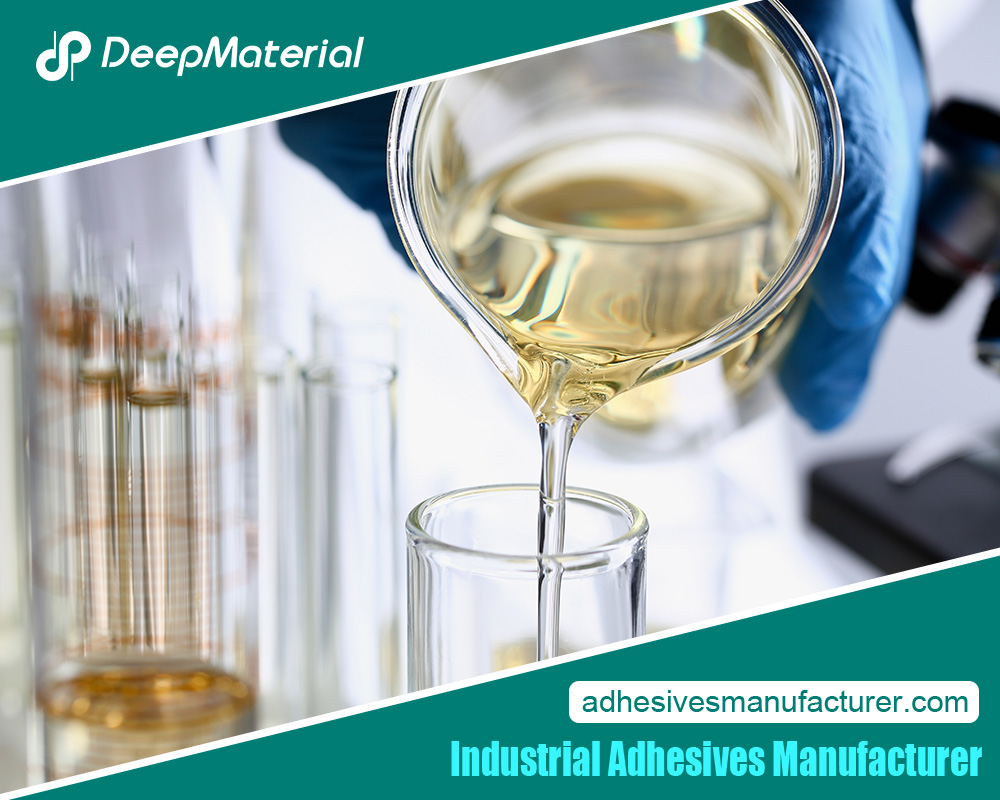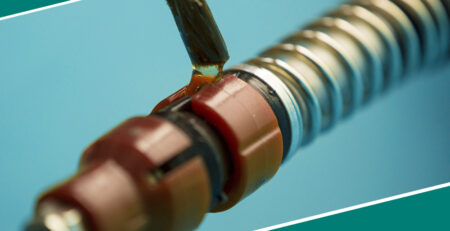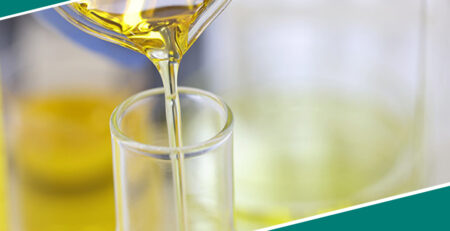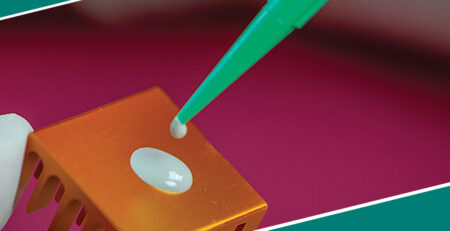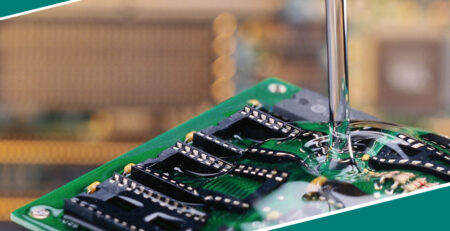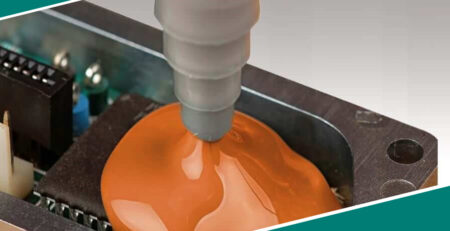What Is PCB Potting Compound
What Is PCB Potting Compound
Potting is usually the final process in PCB assembly. Unfortunately, it’s a mysterious chemical process which electrical engineers rarely have any experience with – and figuring out how different components interact can be a real game of trial-and-error without proper guidance.
You can save yourself tons of time and money if you get your ducks in a row right from the beginning; extensive discussions at the start are the order of the day!
Undeniably, potting systems boast many advantages! They’re waterproof, dustproof, ready to face-off against harsh environments and conductive pollutants. Plus, chemical erosion? Vibration? Shock resistance?
Potting provides solid structural reinforcement – so high-voltage components can be packed in there tight – and let’s not forget improved electrical insulation and heat dissipation performance.
Unfortunate as it may seem, potting and encapsulation are typically regarded as the last steps in production – pretty much disconnected from electrical design, more of a chemical engineering thing.
However, if the electric designer takes a large picture approach from day one – not to mention staying acquainted with the supplier for potting glue – they can save themselves plenty of time and money.
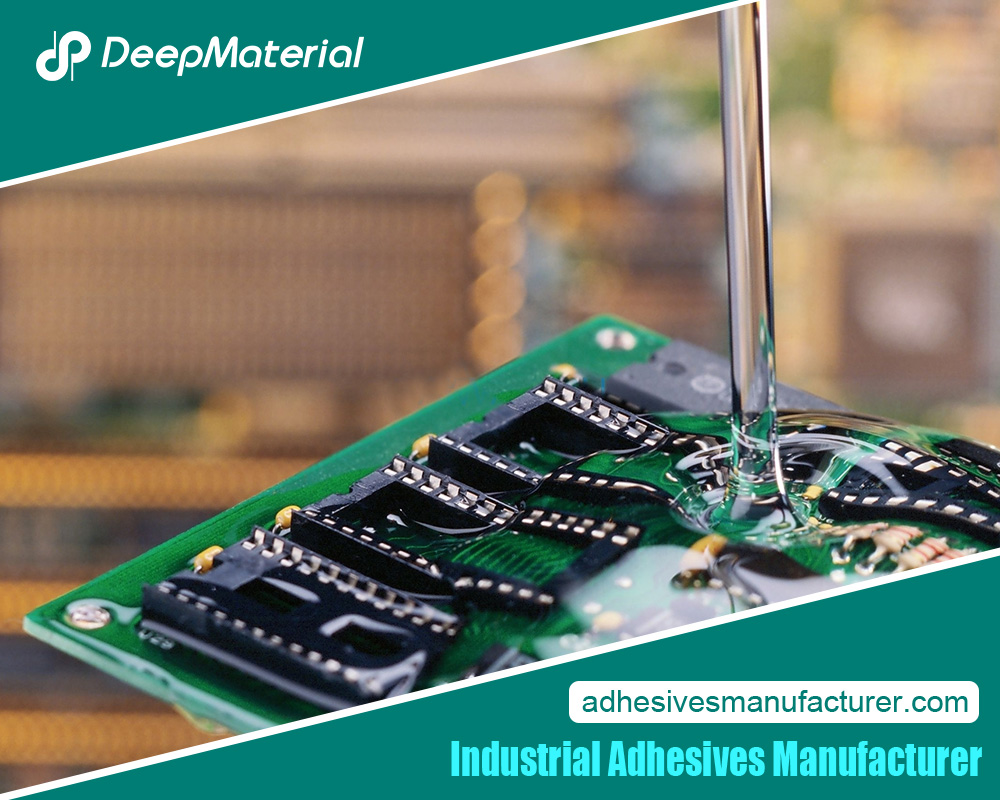 Choosing a Potting Compound
Choosing a Potting Compound
The most popular potting compounds for PCB boards are two-part mixtures. If their proportions are right, the liquids blend together to make a solid in no time. Mixing them correctly is key: change the ratio and you can adjust the reaction time till it sets up.
Keeping an eye on both ingredients versus each other maintains its curing strength; that plus assuring everything is properly blended during blending prevents any unset liquid from ruining parts down the road. Careful mixing is very important when it comes to PCB assembly potting!
Considering the storage, operation and very high temperatures of the components is an absolute must. This’ll quickly give you a range of materials that are suitable for use.
You can then narrow these down by assessing how effective each material is when exposed to such temperatures over time; it’s essential to select something that will maintain its thermal performance throughout!
As temperatures go up and down, hardening, expansion and contraction occur extensively when partaking in the process of potting compounds for electronic applications – which makes expending time on customizing polyurethane a sound decision.
By varying its hardness between 3000 to 90 D, you’re guaranteed a great stretchy elasticity as well as robust tear resistance! In a nutshell, the farther you push the envelope, the more your final results in terms of flexibility and contraction will follow suit.
Examples of Potting Compounds
Potting compounds come in three main varieties – epoxies, urethanes, and silicones. Each brings its own peculiar strengths and weaknesses to the table, so it pays to familiarize yourself with them before settling on which is most suitable for your needs. We will discuss the various potting compounds below;
Epoxies
Epoxies are superb when it comes to warding off chemical and yes, even temperature damage – up to a whopping two hundred degrees C! They offer unbeatable strength as well as excellent electrical insulation.
Ideal for high voltage use, but care must be taken; they can get pretty brittle in cooler conditions and the heat created during curing can become too much for sensitive parts. Fear not though: some low stress potting materials exist so you don’t have to skimp when it comes to protecting SMT populated boards from the elements.
Urethanes
Urethanes are the go-to choice when you need something a bit more flexible than epoxy – giving components undergirding the whole operation less wear and tear.
Not only that, but these potting compounds really do hold up in chillier climes, even down to -40 degrees Celsius! The downside is they can’t quite handle high heat or anything too chemically inclined though, so keep that in mind.
Silicones
Silicones really give you some wiggle room temperature-wise, plus they’re pretty resistant to lots of chemicals, water and the like. However, being a top-shelf product means they come with a price tag – beware if your job needs something more rigid than rubber.
On top of that, their high coefficient of thermal expansion could cause issues in extreme situations demanded by certain applications.
Other Forms of Potting Compounds
Other types of potting compounds could be perfect for certain circumstances. They usually get described according to their ultimate use or curing process, which can be carried out with epoxy, urethane, or silicone bases. So, if you’re dealing with a tricky situation that requires a special kind of compound, one of these might just do the trick!
UV-curing compounds may be a great solution when you’re pushed for time. These compounds can cure in mere seconds, although they can struggle with extra thick potting and encapsulation – so it may be necessary to use a secondary heat or moisture cure on those parts.
Potting compounds with heat-conductive fillers are created for when an ordinary potting compound won’t cut it. They provide a certain amount of thermal transfer but may require the added relief of a heat sink to truly dissipate that unwanted heat. These special compounds can make sure all your components stay comfortable and cool, even under the blazing sun.
Optical encapsulants play a crucial role when it comes to lighting and visibility solutions – they’re totally transparent, so you can either monitor the components underneath or let light beam through.
Utilized widely in LED lights and display production, these potting compounds are also employed extensively in the solar panel biz due to their UV stability and fire-retardant quality. Everyone’s happy, except maybe those poor bulbs trying to work behind all that cloudy stuff!
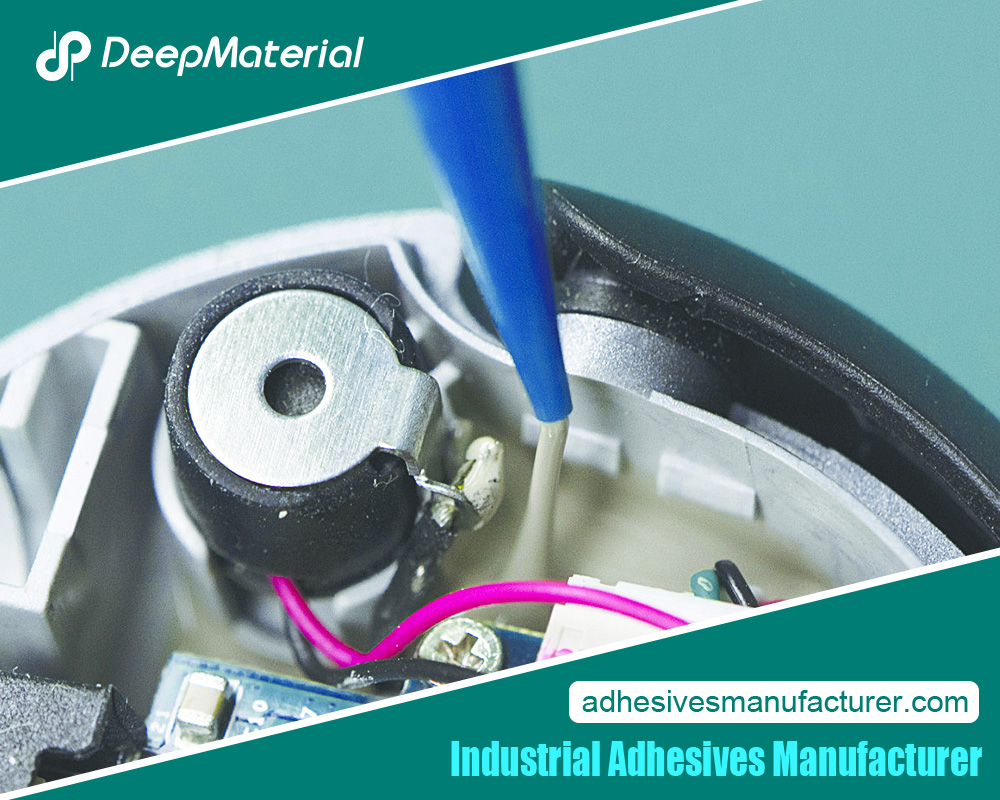 Final Thoughts
Final Thoughts
Deciding on the best potting compound can be a tricky process; one has to take into account Water, chemicals and even electrical insulation in order to protect the elements. Besides that, operating temperatures of components and mechanical stresses should also be assessed since certain compounds undergo change when crossing the glass transition temperature.
Plus, time for production and curing shouldn’t be overlooked either. And last but not least, thinking about opacity, color or translucence may become necessary according to certain circumstances. All of this for competitively achieving desired project goals!
For more about a complete guide to PCB Potting Compound, you can pay a visit to Deepmaterial at https://www.adhesivesmanufacturer.com/ for more info.


